16.9 miles – Daisy-blue sky, pale ale sunshine
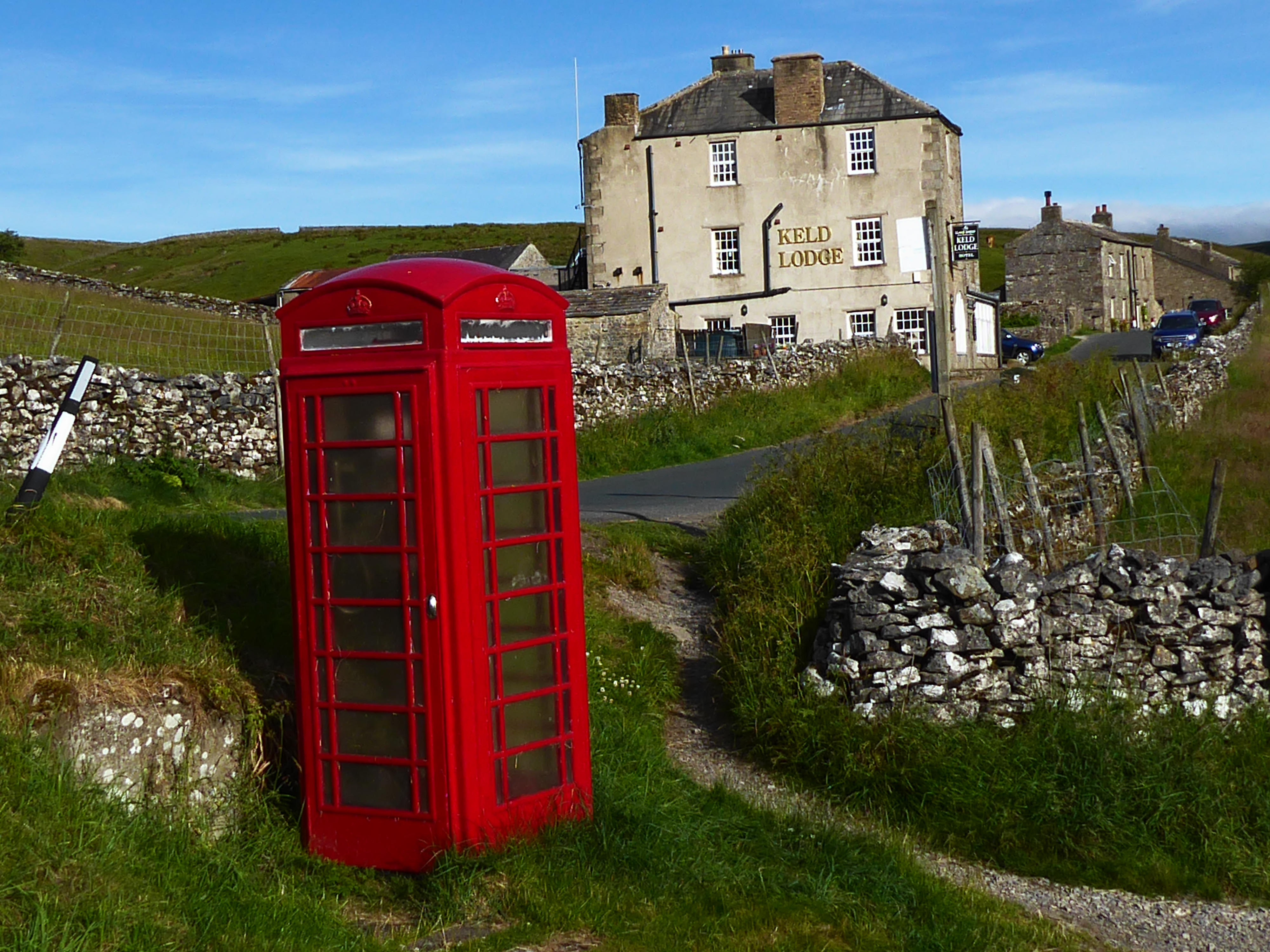
Having fussed so much about moorland yesterday, it was high time I followed my conviction. So instead of following the Pennine way I bounced my way along lanes to Hawes, and so was treated to gorgeous stone houses and barns in Keld and Thwaite; it also meant I passed Lover Gill and Sod Hole Gill. One toys with possible reasons that the people of these isolated, rural communities bestowed such names upon their streams. I guess I shall never know.
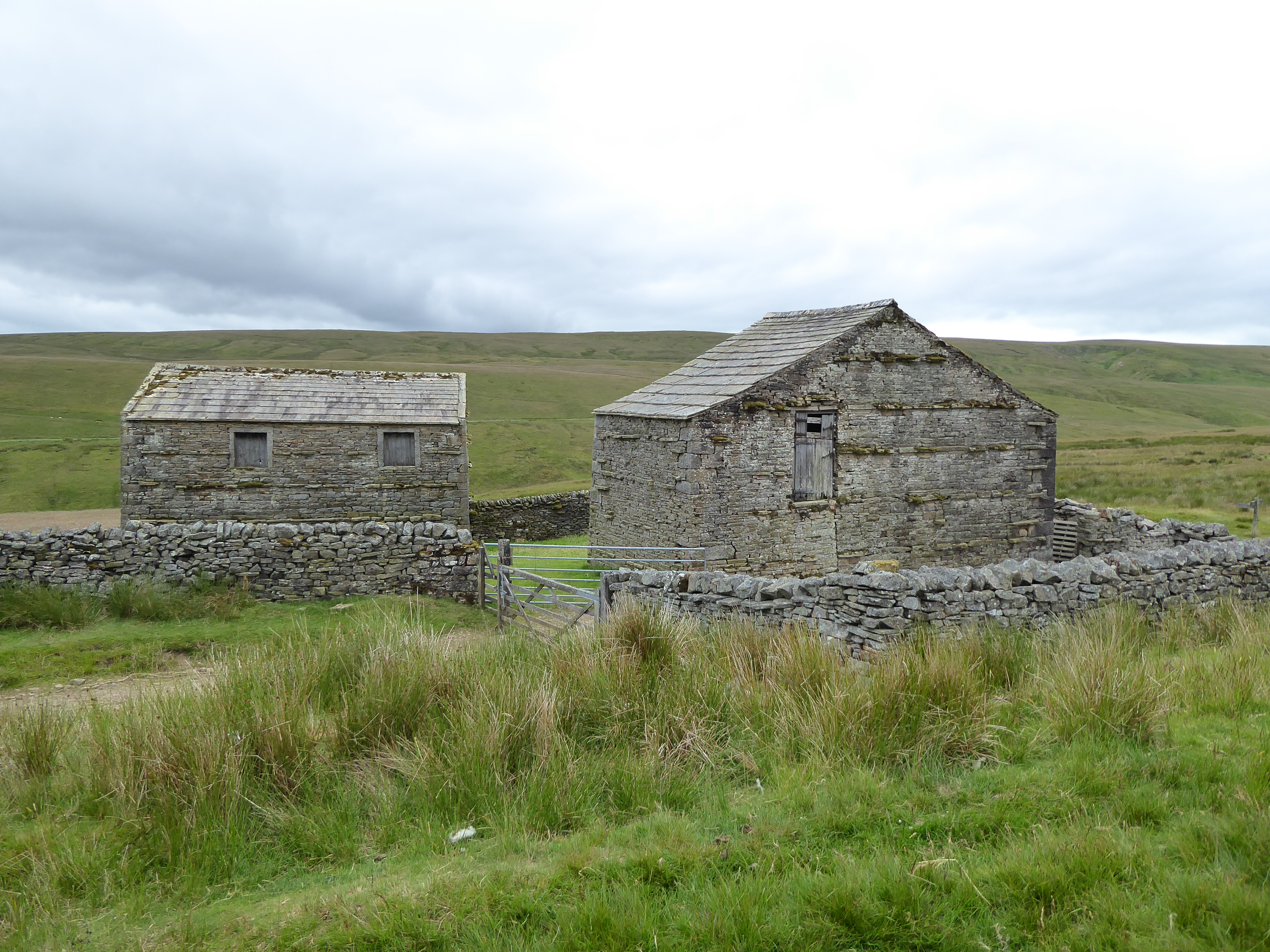
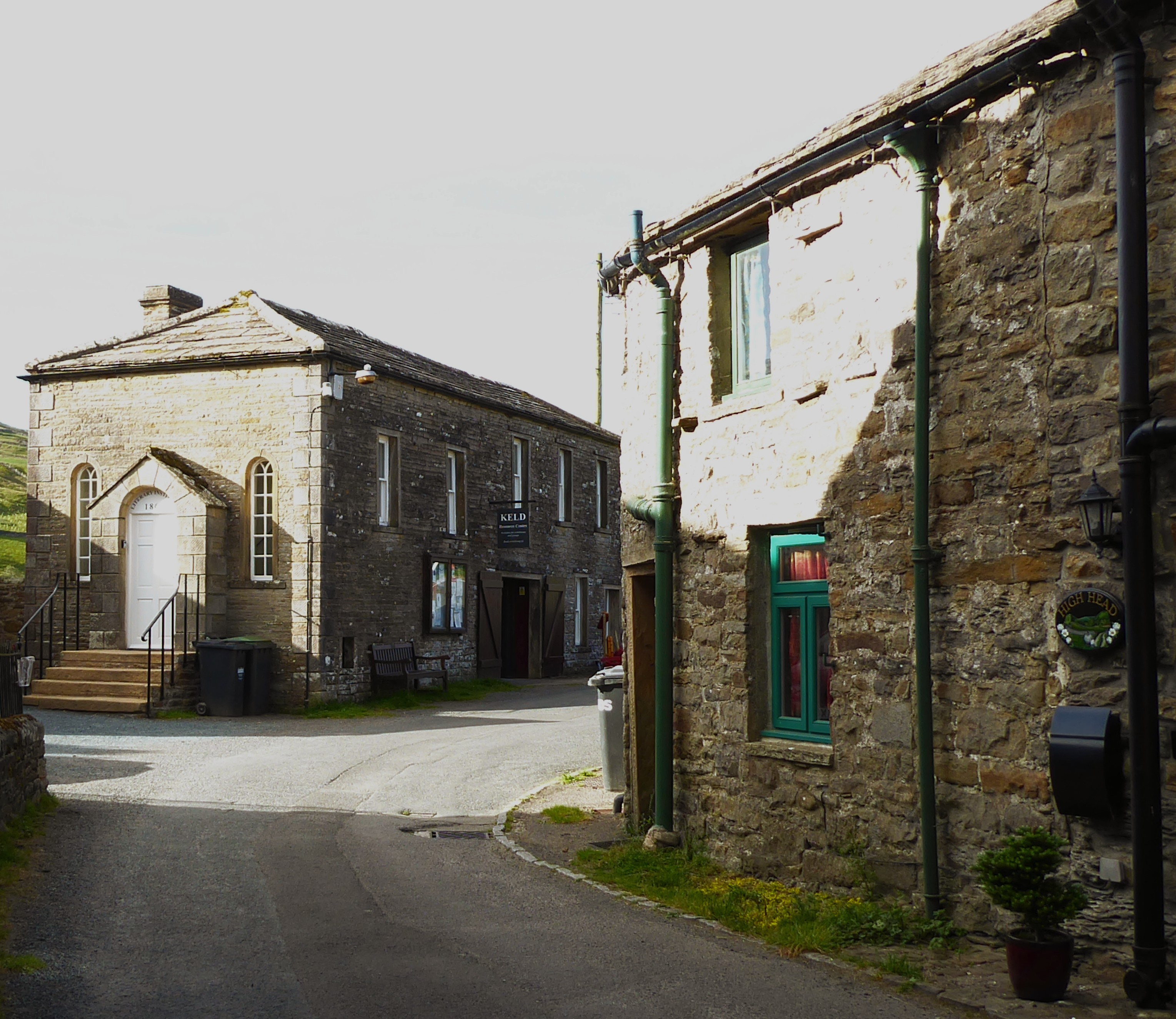
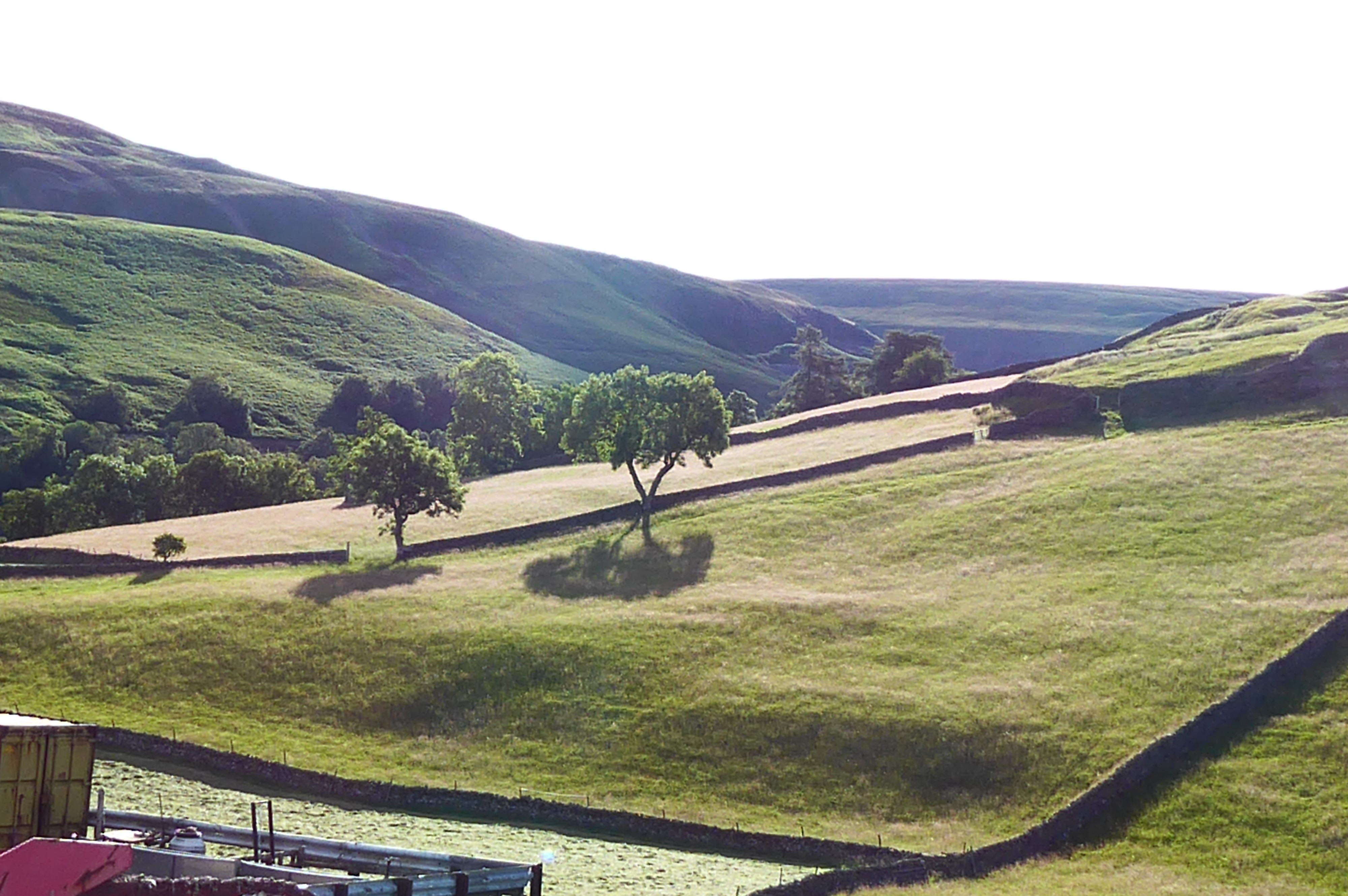
I had seen butter Tubs on my map. I had no idea what to expect, but it wasn’t this…
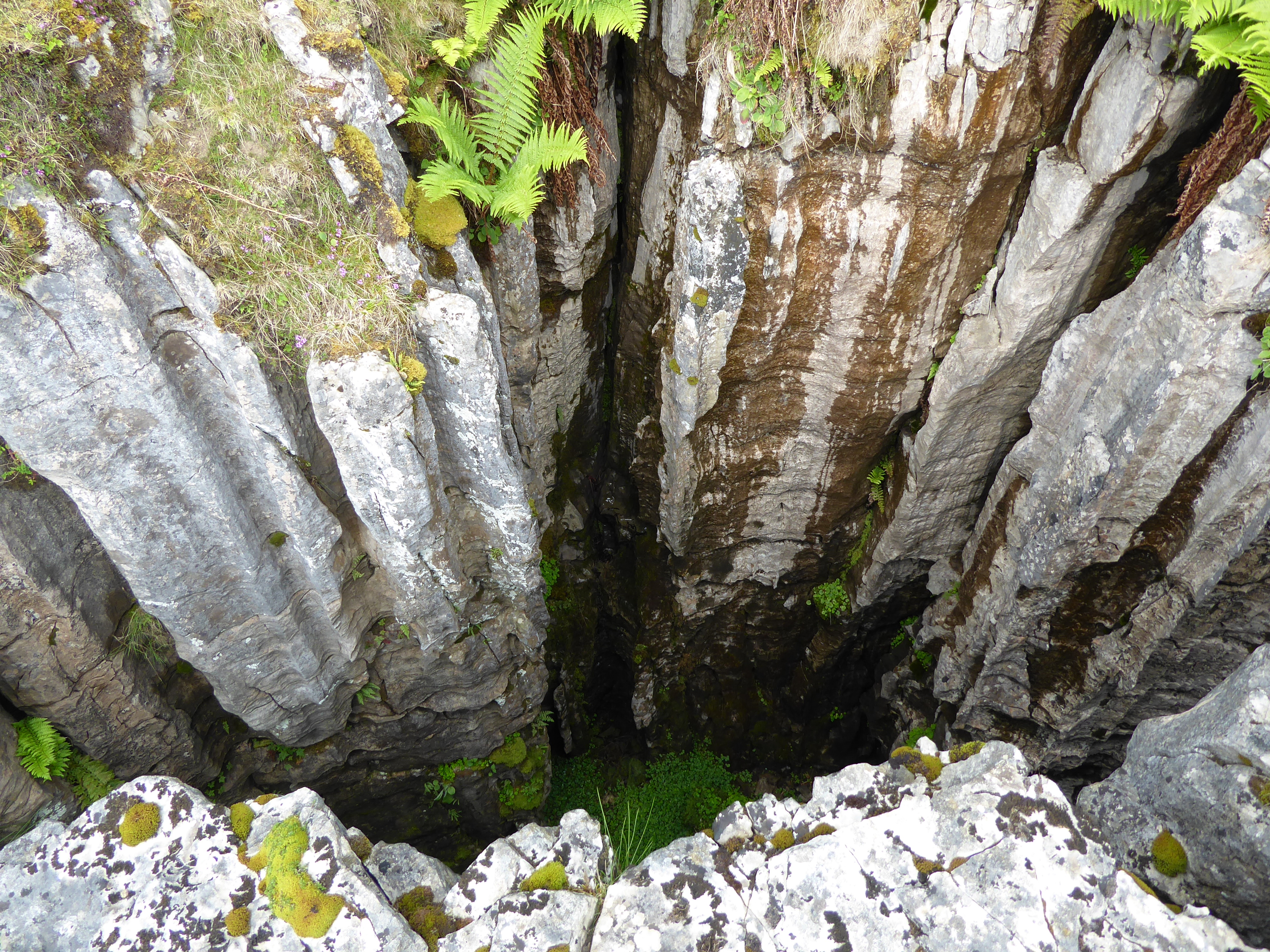
The hole is vertical and about 20 feet deep, but some of them are as much as 80 feet. There is a huge network of these holes and the aquifers which connect them; they are caused by slightly acidic rainwater slowly dissolving the limestone over thousands of years (this also makes the water ‘hard’ and suitable for brewing IPA).
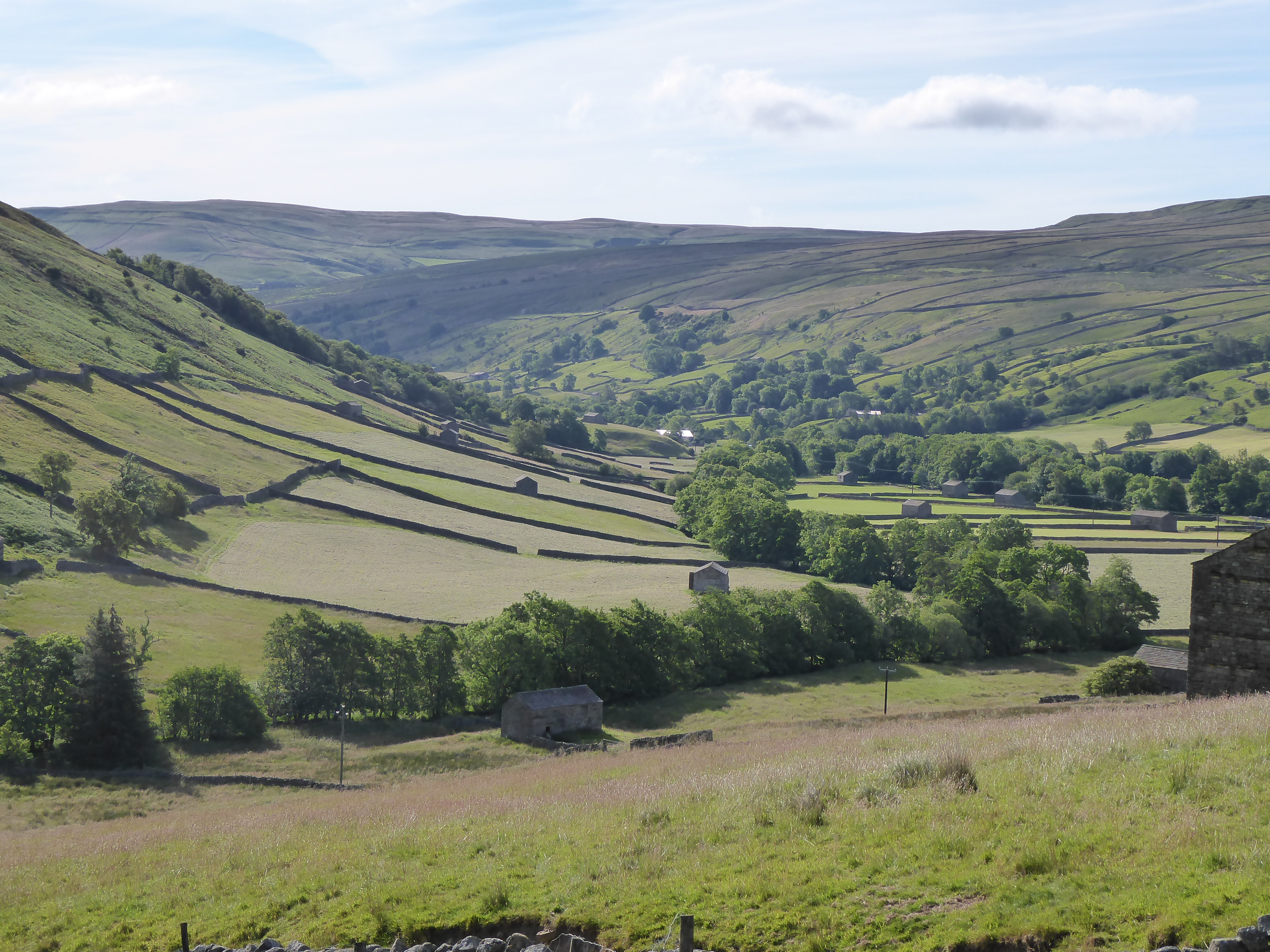
All day I took in the sights, sounds, and smells of hay making, the farmers all around taking advantage of the exceptional weather: the Dales were alive with industry.
I spoke to a farmer’s wife, who told me most of these barns or cow houses are now unused and becoming derelict; they ceased to be used for their original purpose, keeping cows warm over winter, 50 years ago. Her daughter hopes to take over Gale Barn and convert it to a house.
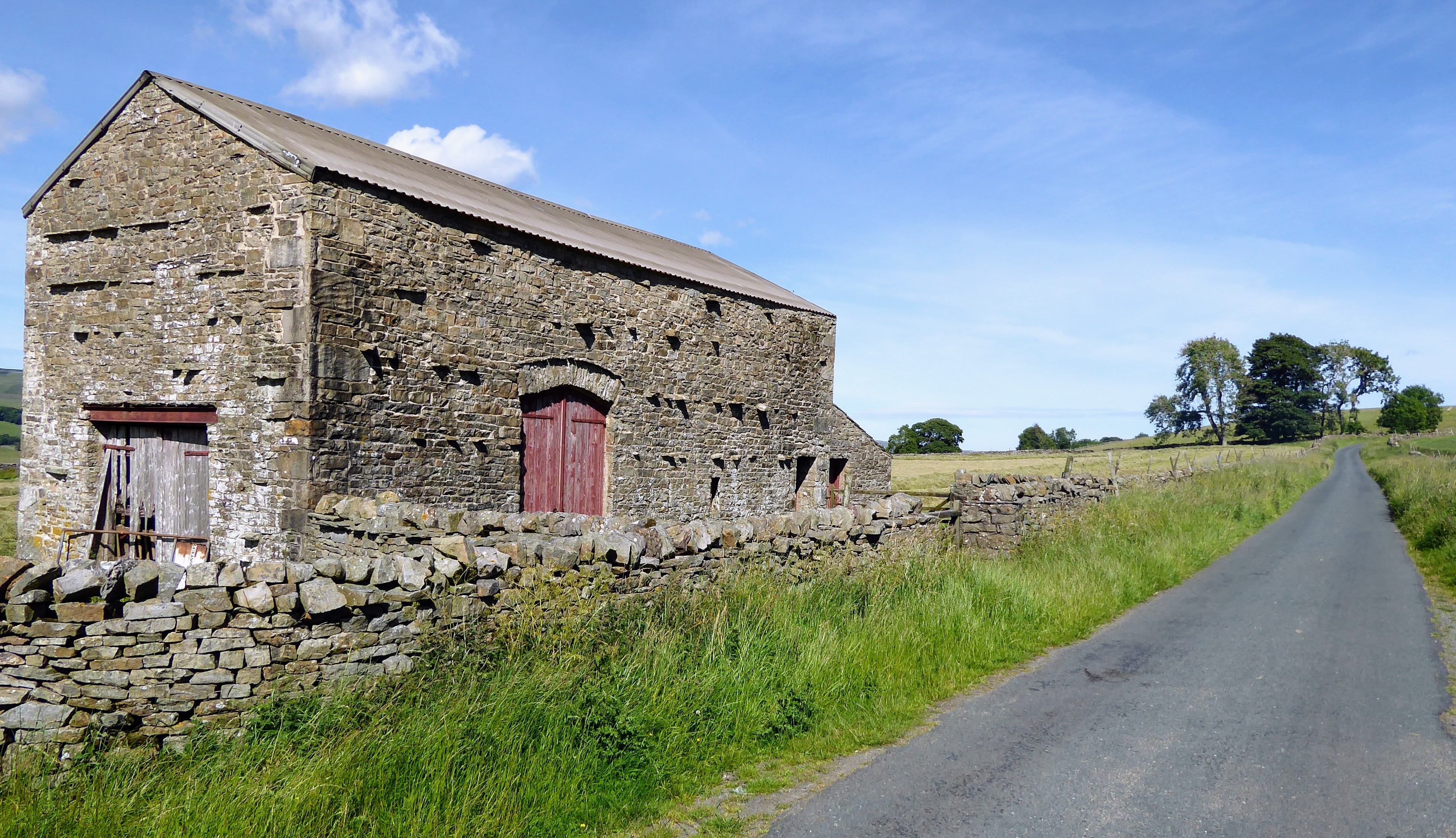
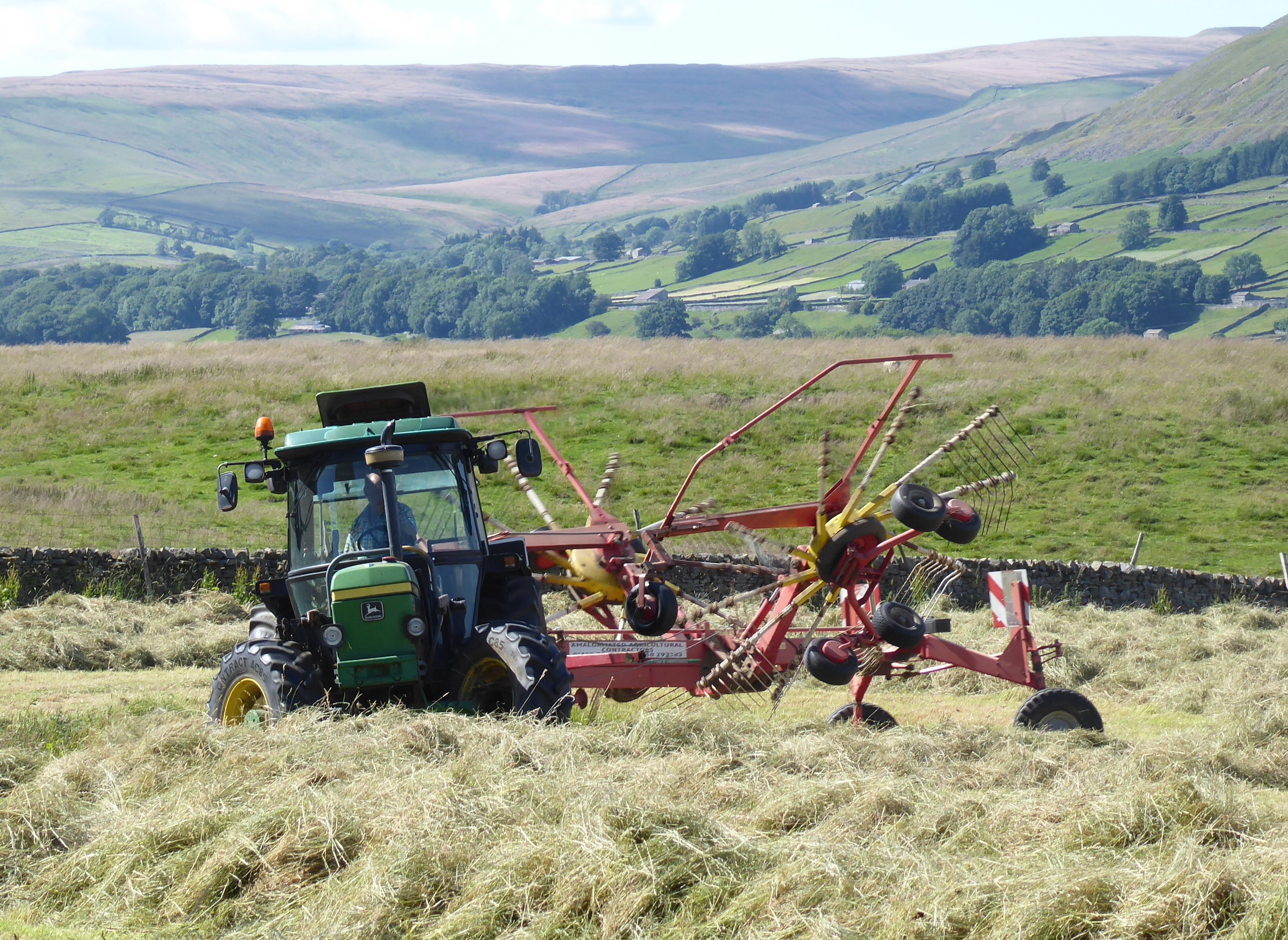
Comparing these – there are hundreds dotted about the Dales – to our Sussex flint barns, there must be a gold mine waiting for the canny developer to convert them into homes and holiday cottages.
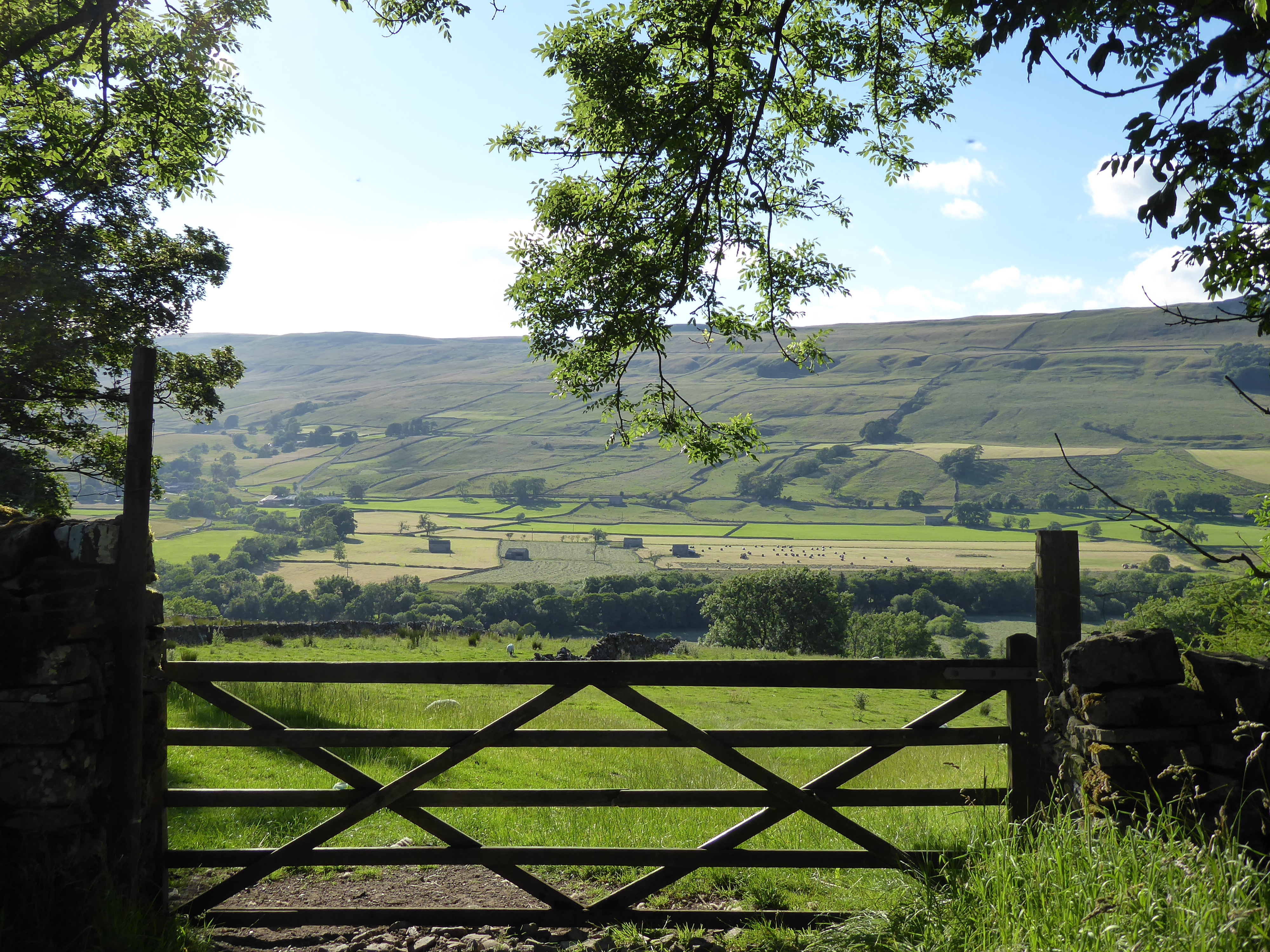
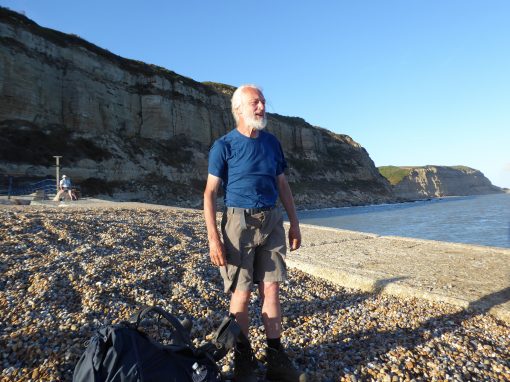
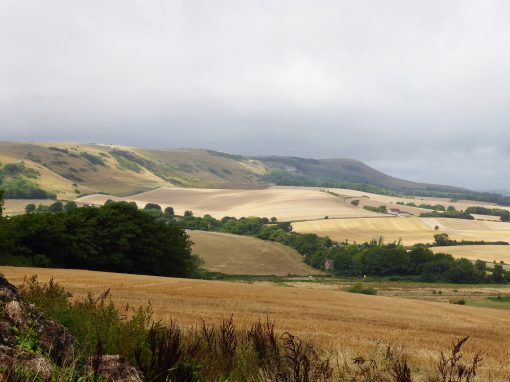
Julia Bevan
12 July 2022 at 14:06
Wouldn’t it be great if they were converted into homes for locals, rather than holiday homes? I hope the farmer’s daughter gets her wish.
Toby
20 July 2022 at 05:49
Agreed! Or into microbreweries.